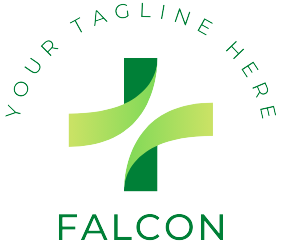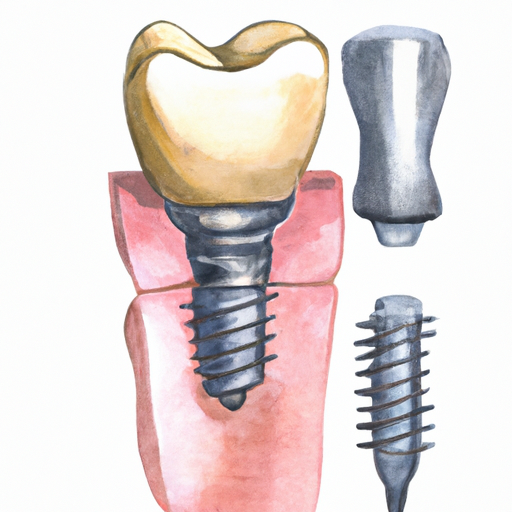Sinus lift, also known as sinus augmentation, is a surgical procedure that aims to increase the amount of bone in the upper jaw to support dental implants. This procedure has gained popularity in recent years as dental implants have become a common solution for replacing missing teeth. However, many people are still unfamiliar with sinus lift and its various aspects. In this article, we will delve into the causes, symptoms, and diagnosis of sinus lift, as well as explore the available treatment options, both surgical and non-invasive. Additionally, we will provide helpful tips for managing sinus lift, including home remedies, prevention methods, and postoperative care. Whether you are considering sinus lift for yourself or simply want to expand your knowledge on the subject, this article will serve as a comprehensive guide to understanding and managing sinus lift.
1) Understanding Sinus Lift: Causes, Symptoms, and Diagnosis
Sinus lift, also known as sinus augmentation, is a surgical procedure that aims to increase the bone volume in the upper jaw to support the placement of dental implants. It is commonly performed when there is insufficient bone height in the posterior maxilla due to factors such as tooth loss, periodontal disease, or natural bone resorption.
The diagnosis of a patient requiring a sinus lift begins with a thorough examination of their dental and medical history. X-rays, such as panoramic radiographs or cone beam computed tomography (CBCT), are crucial in visualizing the current bone structure and determining the need for a sinus lift. These imaging techniques provide detailed information about the sinus cavity, the remaining bone height, and the proximity of vital structures like nerves and blood vessels.
One of the most common symptoms that indicate a need for a sinus lift is the inability to receive dental implants due to insufficient bone in the upper jaw. Patients may experience difficulty in chewing, loose teeth, or notice a visible decrease in the height of their jawbone. Additionally, patients who have experienced trauma or have congenital conditions that affect their maxillary bone may also require a sinus lift.
The causes of inadequate bone height in the posterior maxilla can vary. Tooth loss, especially in the molar region, can lead to bone resorption over time. Periodontal
2) Exploring Treatment Options for Sinus Lift: Surgical Procedures and Non-Invasive Approaches
When it comes to treating sinus lift issues, there are various treatment options available depending on the severity of the condition and the patient’s specific needs. These treatment options can be broadly categorized into surgical procedures and non-invasive approaches. Let’s explore each option in detail.
1. Surgical Procedures:
a) Maxillary Sinus Augmentation: This surgical procedure involves adding bone graft material to the sinus floor to increase its height and create a stable foundation for dental implants. The bone graft can be obtained from the patient’s own body (autograft), a tissue bank (allograft), or synthetic materials (alloplast). Maxillary sinus augmentation is typically performed under local anesthesia, and the healing process may take several months before dental implants can be placed.
b) Sinus Membrane Elevation: Also known as sinus lift or sinus floor elevation, this procedure is performed when there is insufficient bone height in the upper jaw to support dental implants. It involves lifting the sinus membrane and placing bone graft material beneath it to promote new bone growth. Sinus membrane elevation is commonly performed as a pre-implant procedure and requires adequate healing time before dental implant placement.
2. Non-Invasive Approaches:
a) Medications: In some cases, sinus lift issues can be managed with medications. Nasal decongestants, cort
3) Tips for Managing Sinus Lift: Home Remedies, Prevention, and Postoperative Care
Managing a sinus lift involves not only the proper diagnosis and treatment but also taking care of oneself at home, preventing further complications, and ensuring proper postoperative care. Here are some essential tips for managing sinus lift through home remedies, prevention, and postoperative care.
1. Home Remedies:
While professional medical intervention is necessary for sinus lift, there are a few home remedies that can provide relief and support the healing process. These remedies include:
– Nasal irrigation: Gently flushing the nasal passages with a saline solution can help alleviate congestion and remove irritants.
– Steam inhalation: Inhaling steam from a bowl of hot water or a warm shower can help moisten the nasal passages and reduce inflammation.
– Warm compress: Applying a warm compress to the affected area can help relieve pain and reduce swelling.
– Stay hydrated: Drinking plenty of fluids can help thin mucus and prevent blockages in the sinus cavities.
– Rest and relaxation: Taking ample rest and avoiding strenuous activities can aid in the healing process.
2. Prevention:
Preventing the need for a sinus lift can be achieved by taking certain precautionary measures. These include:
– Practice good oral hygiene: Regular brushing, flossing, and dental check-ups can help prevent tooth decay and gum disease, which can lead to sinus problems.
– Avoid smoking

